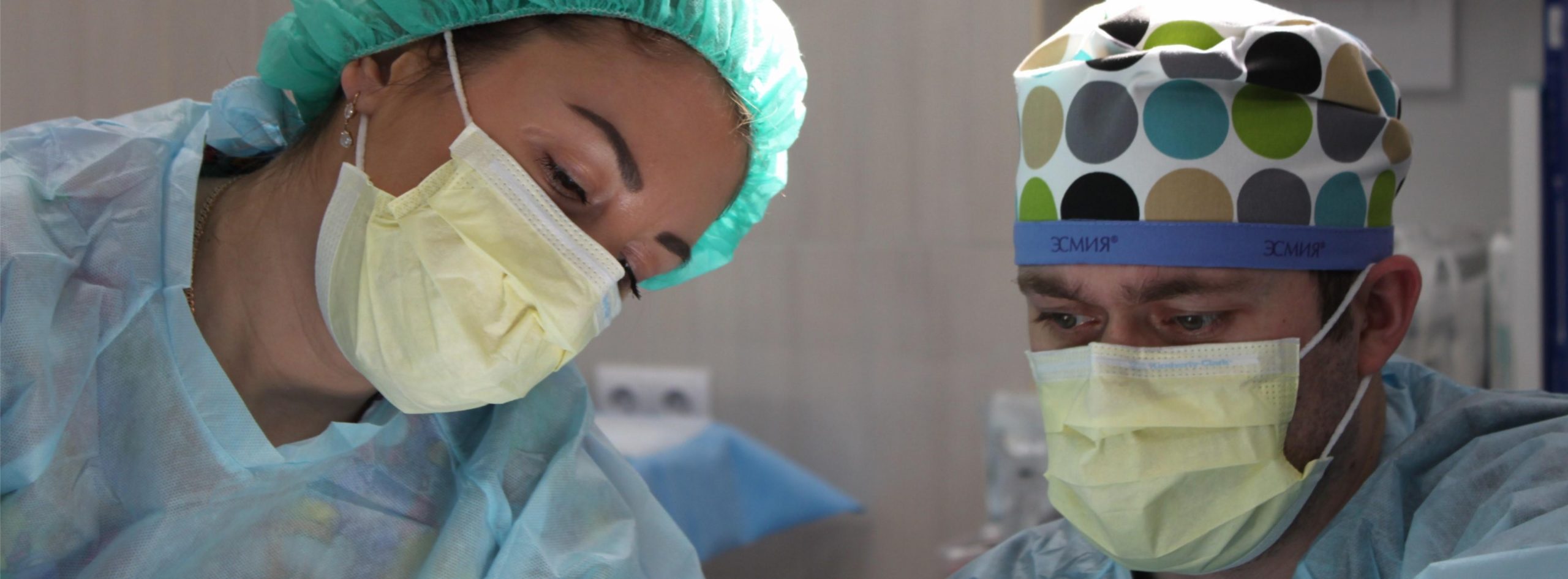CAR-T and the Possibility of Cancer Treatment, Part 1
style=”margin: 0in 0in 0.0001pt; font-size: 12pt; font-family: Calibri, sans-serif;”>click her for part two of this article series
(Note: companies that could be impacted by the content of this article are listed at the base of the story (desktop version). This article uses third-party references to provide a bullish, bearish and balanced point of view; sources listed in the “Balanced” section)
Chimeric Antigen
Receptor T cell therapy (CAR-T) is a gene therapy designed to harness the
potency of antibodies and T-lymphocytes into one single medicine for the
treatment of cancer. CAR-T therapy could be viewed as a “living anti-cancer
drug” as the medicine itself consists of a living cell, which is genetically
engineered to find and destroy cancer cells. Dr. Carl H. June pioneered this
technology at the University of Pennsylvania, where the first tests were
conducted in cancer patients in 2010. Seven years later, the U.S. Food &
Drug Administration (FDA) approved this novel gene therapy for the treatment of
patients suffering from “B-cell precursor acute lymphoblastic leukemia” (ALL),
a type of blood cancer known to be the most common malignant growth in
children.
Thus far, anti-cancer
antibodies have been one of the most successful drug classes for the treatment
of cancer patients. Antibody drugs such as Roche’s Avastin, Herceptin and Rituxan have prolonged survival of many
cancer patients. Another class of medicines, known as T-infiltrating
lymphocytes (TILs), has been shown to be effective as an anti-cancer treatment.
Given the relative success of both therapeutic strategies, the question is, how
do you combine both treatments into one potent anti-cancer drug?
CAR-T represents
the solution to this riddle. CAR-T consists of two main components: 1) the
tumor associated antigen (TAA) domain of an anti-cancer antibody (scFV) linked through
a spacer/transmembrane region to 2) the cytoplasmic domain of the receptor of a
cancer-killing T lymphocyte. The new anti-cancer drug, CAR-T, is a genetically
engineered T-lymphocyte expressing a chimeric T cell receptor on its surface
(Figure 1). This chimera consists of the binding domain of the antibody
(external domain protruding from the cell surface), fused to the signaling portion
CD3 of the T cell receptor (internal domain facing the cellular cytoplasm).
Figure 1 – Structure of a CAR-T construct. The left panel depicts a
CAR-T medicine (first generation), whereas the right panel depicts the natural
T cell receptor, TCR. In the CAR-T construct (left panel), the binding domain
(light blue/purple) of an anti-cancer antibody (scFV) replaces the alpha/beta
chain portion (green/red) of the natural TCR (right panel). The transmembrane
and cytoplasmic components of CAR-T and TCR, including CD3 domain, are depicted
in blue.
Source – Oncotarget 2015,
8(52)90521-90531 ?
To generate a
CAR-T drug, five main steps are required (Figure 2):
- blood from the patient is extracted
- T-lymphocytes are purified from extracted
blood, and subsequently genetically modified to express the CAR chimeric
receptor - CAR-T cells are grown in vitro (ex vivo)
- Once CAR-T cells are grown to reach a
therapeutic dose, they are injected back into the patient - Injected CAR-T cells are engineered to find
and kill cancer cells
Source – The University of Texas
Southwestern Medical Center
